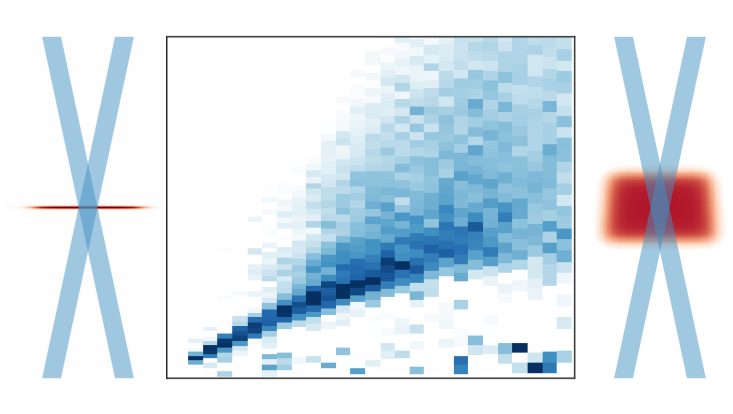Quantum Physics
Excitation Spectrum and Superfluid Gap of an Ultracold Fermi Gas
20 May 2021

Photo: H. Biss / UHH
Ultracold atomic gases are a powerful tool to experimentally study strongly correlated quantum many-body systems. In particular, ultracold Fermi gases with tunable interactions have allowed to realize the famous BEC-BCS crossover from a Bose-Einstein condensate (BEC) of molecules to a Bardeen-Cooper-Schrieffer (BCS) superfluid of weakly bound Cooper pairs. However, large parts of the excitation spectrum of fermionic superfluids in the BEC-BCS crossover are still unexplored.
In this work, we use Bragg spectroscopy to measure the full momentum-resolved low-energy excitation spectrum of strongly interacting ultracold Fermi gases. This enables us to directly observe the smooth transformation from a bosonic to a fermionic superfluid that takes place in the BEC-BCS crossover. We also use our spectra to determine the evolution of the superfluid gap and find excellent agreement with previous experiments and self-consistent T-matrix calculations both in the BEC and crossover regime. However, towards the BCS regime a calculation that includes the effects of particle-hole correlations shows better agreement with our data.
Biss et al., Phys. Rev. Lett. 128, 100401 (2022),
https://arxiv.org/abs/2105.09820

